The modern pursuit of culinary excellence often leads travellers down the predictable path of high-end, celebrity-chef driven dining. Yet, as seasoned gourmands and casual explorers alike can attest, Europe’s most deeply resonant food experiences are frequently discovered in unassuming settings, far from the glare of Michelin stars. These moments are defined by simplicity, honesty, and a profound connection to local terroir and tradition. From the mountain taverns of the Balkans where meals are cooked over a wood fire, to a humble flatbread shared on a picturesque roadside in Bosnia, and the pure, seasonal catch served beside a Bavarian lake, these dishes are more than just sustenance. They are intimate gateways to the heart of a culture, reminding the diner that the most unforgettable tastes are usually rooted in the freshest ingredients, genuine hospitality, and an element of happy, unscripted discovery.
The Soul of the Balkans: Fireside Feasts and Flatbread
The true heart of Balkan cuisine is found not in its capital cities, but in the remote mountain villages where age-old traditions thrive. In the highlands of Kosovo, for instance, a day spent scaling challenging peaks like Gjeravica is rewarded with a feast at a local guesthouse, such as Gacaferi, set in an idyllic valley surrounded by grazing flocks and high mountains. The setting alone is restorative, but the food is a revelation. It is home-cooked, unpretentious, and often prepared over a crackling wood fire, imbuing the dishes with a smoky depth of flavour.
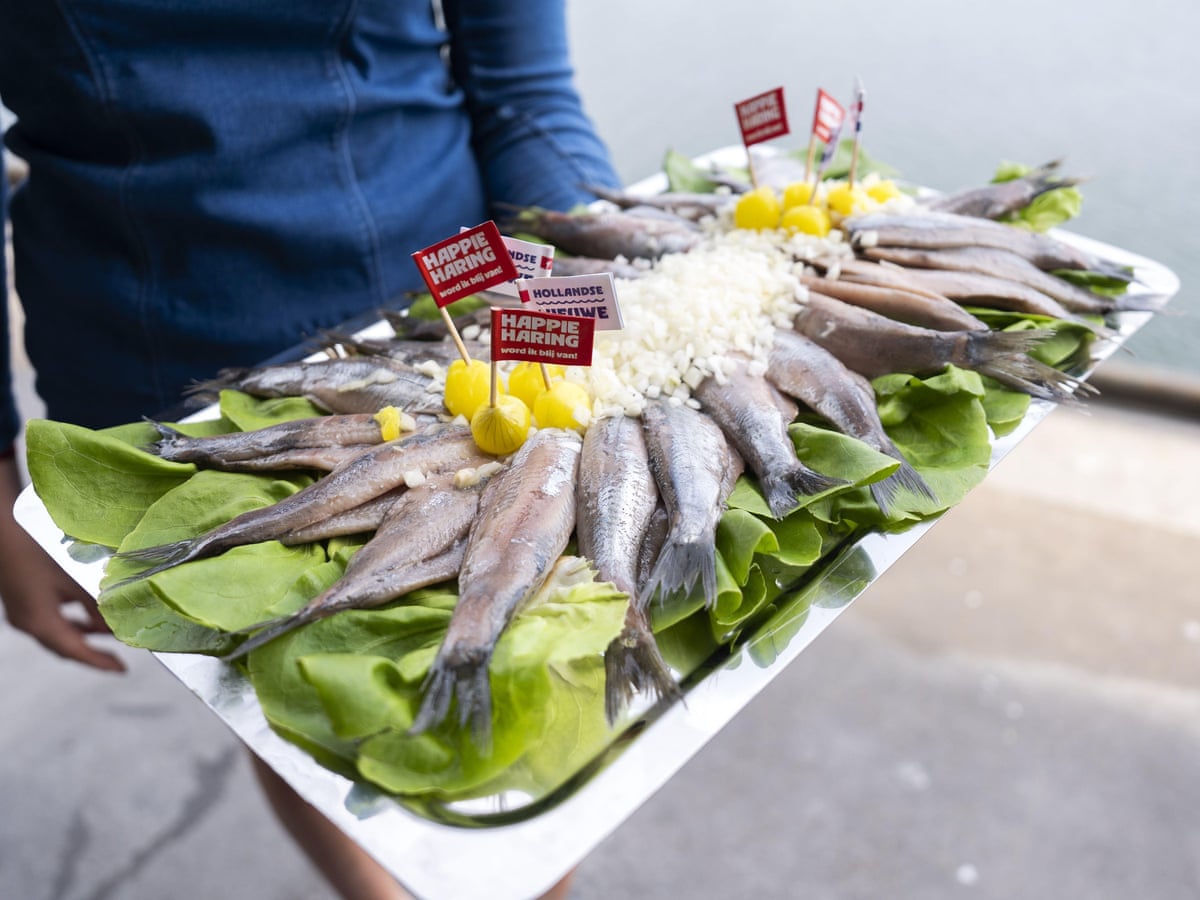
The menu is a celebration of rustic mountain fare: flaky byrek (savoury pastry) with various fillings, the rich Albanian dish fergesë (a creamy concoction of red peppers and feta cheese), and fermented peppers with yoghurt, known as speca në ajkë. The meal is accompanied by homemade cheese, all washed down with local rakia, a potent fruit brandy. This is hospitality in its truest form—a deep, generous nourishment earned through the day’s exertion. A similar sense of simple perfection can be found along the stunning, picturesque road from Sarajevo to Mostar in Bosnia and Herzegovina. In the small town of Ostrožac, a tiny bakery called Pekara Centar serves a classic snack: lepinja with kajmak. This traditional flatbread, charred and crisped in a stone oven, is split and filled with a rich, creamy, cultured spread from a local dairy. For less than a euro, this bite, enjoyed with the dramatic backdrop of the Neretva River canyon, transforms a simple road trip into a moment of pure, culinary bliss.
Italy’s Quiet Terroir and Roman Perfection
Even in Italy, a country synonymous with global gastronomy, the finest experiences often shun grand formality. In the rolling, quiet Monferrato hills of Piedmont, far from the hustle of Tuscany or Venice, lies a quiet corner of honest hospitality. A visit to a small-scale producer like Ca’Ordano is an exercise in unhurried appreciation. The simple tasting menu begins with a glass of local nebbiolo red wine and a minimal plate of local salami and cheeses, designed to showcase the region’s incredible produce.
The centerpiece is often agnolotti pasta, small parcels filled with rich roast beef, paired with a robust monferrato rosso. This is food deeply rooted in its place—a true expression of terroir—without any of the unnecessary fuss or ceremony that can accompany high-end dining. It is a quiet, personal education in the essence of northern Italian cuisine. This spirit of simple excellence also extends to the Italian capital, but through the medium of street food. While the search for the “best pizza in Rome” can feel like a fool’s errand, many find their answer at Antico Forno Roscioli, a renowned nineteenth-century bakery.
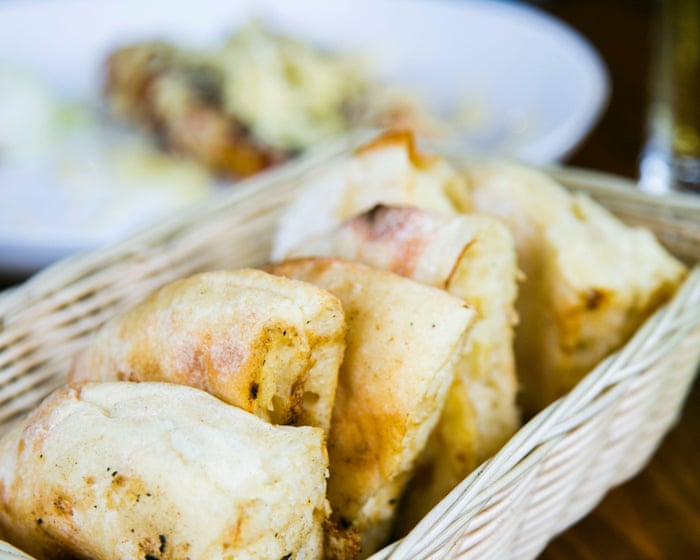
The full sensory experience, however, is completed by taking the slice of pizza al taglio (by the slice) and walking a short distance to the magnificent Piazza Navona. Sitting on a simple kerb, surrounded by the baroque fountains and architecture of the fifteenth-century public space—itself built atop the ancient Circus Agonalis—the perfect crust, fresh toppings, and vibrant atmosphere fuse into an unforgettable cultural tableau. It is a moment where the ancient grandeur of Rome meets the simple, everyday brilliance of its cuisine.
From Sea to Summit: Hyper-Local Sourcing
Across Europe, the dedication to hyper-local ingredients elevates dining far beyond expectation. In the lush, mountainous region of Bavaria, Germany, the freshwater lake of Chiemsee is known as the “Bavarian Sea.” It is here, at the family-run Chiemseefischerei Stephan, that the concept of “catch of the day” is taken literally. The daily menu is deliberately limited, a guarantee that the fish is of unparalleled freshness, having been pulled from the lake that very morning.
Served with the minimalist perfection of rich potatoes and a crisp salad, and accompanied by a local Bavarian weissbier, the meal is an exercise in simple, delicious purity. Stepping out of the modern, wood-panelled dining room into the bright sun, with the mountains visible in the distance, creates a moment of effortless contentment. A similar, yet far wilder, dedication to the local harvest defines the dining experience on the Greek island of Crete. In the village of Atsipopoulo, the tiny restaurant O Manolis, despite its unassuming location amongst empty parking spaces, is a monument to the “old Cretan way” of cooking.
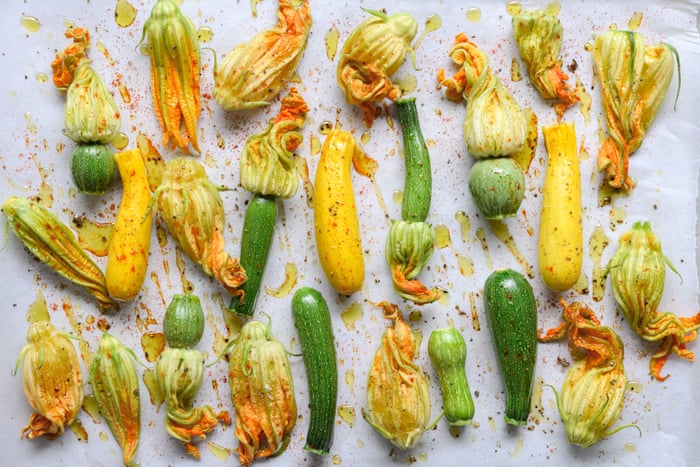
Here, there is no menu. The chef-owner serves only what he has personally harvested from his garden that day, or what he has foraged and hunted from the surrounding hills. This radical commitment to seasonality and immediate freshness results in a spontaneous, genuine Greek warmth and a flavour profile that is truly beyond description. This philosophy, built on trust and the honest yield of the land, represents the epitome of food as a cultural exchange rather than a mere transaction.
Kitchen Gardens and Gourmet Surprises
The most delightful food discoveries often occur when high quality is found in the unlikeliest of places. In the quiet, rolling countryside of the Klatovy region in the Czech Republic’s south-west—a landscape more known for lookout towers and rivers than for its culinary scene—a surprising highlight awaits. Hospůdka U Štěpána is a testament to the power of a dedicated kitchen garden, which provides most of the restaurant’s produce.
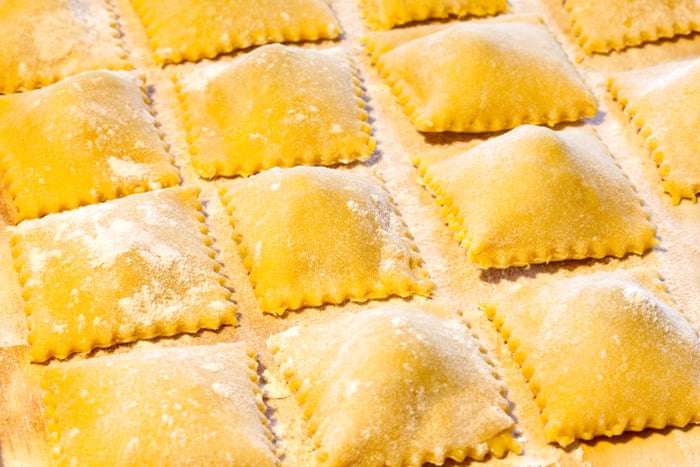
The menu elevates rustic food, featuring steaks from self-reared Charolais beef, but with modern touches like fried courgette flowers and a vibrant chimichurri sauce. The combination of high-quality, homegrown ingredients and inventive, well-executed cooking, all offered at a more than reasonable price, transforms this off-the-beaten-path locale into an unexpected gourmet destination. Similarly, in rural France, near Toulouse, a stumble upon a biodynamic vineyard, La Guinguette du Domaine Gayrard, revealed another hidden triumph.
During the summer, the vineyard hosts a guinguette, or open-air dining event, featuring a simple menu paired with its own lovely wines. With mellow jazz playing, the chef cooking from a trailer, and diners seated outside overlooking the grapevines, the whole atmosphere creates a “gastronomic triumph.” Even in the Netherlands, a country famed for cycling, culinary dedication is a primary reward. A five-day cycling tour in Groningen, covering thirty miles a day, was punctuated nightly by a well-earned, fine-dining experience. The multi-course meals—featuring creative dishes like ginger soup, fried polenta with wasabi, and liquorice sorbet paired with blackberry creams—provided a perfect balance to the physical exertion, turning the nightly indulgence into a constant source of conversation and pleasure.
The Festival of Freshness
Ultimately, the most memorable food experiences are intrinsically linked to shared culture and the changing seasons. Few events capture this better than the Vlaggetjesdag, or Flag Day, festival in Scheveningen, the seaside resort close to The Hague. Despite its patriotic sounding name, the festival’s true focus is the joyous arrival of the hollandse nieuwe—the first catch of fresh herring in June, marking the start of the herring season.
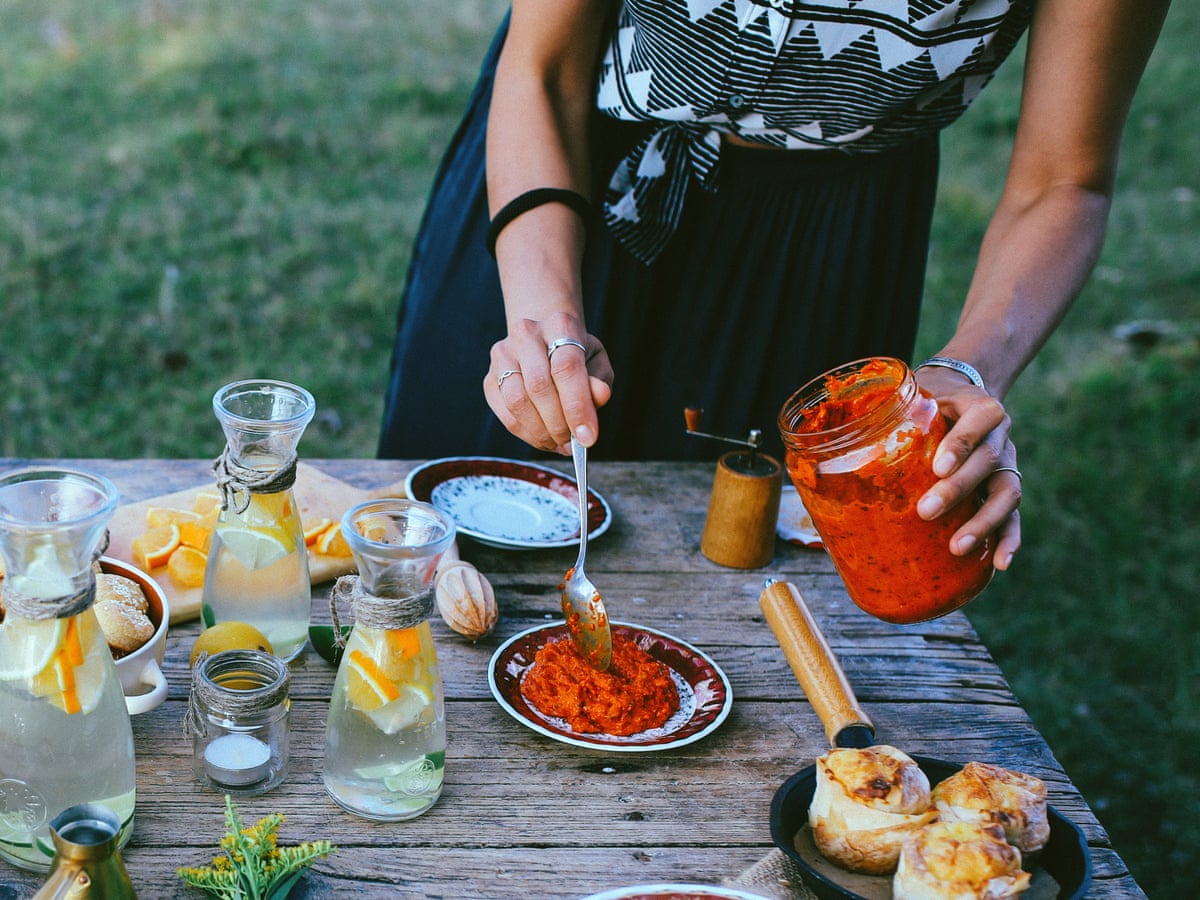
The event is a vibrant spectacle of maritime tradition, complete with marching bands, traditional costumes, and the ceremonial auction of the very first vat of fish for charity. It offers the quintessential local food experience: the chance to share a jenever (a traditional Dutch gin) with a local Scheveninger, who will enthusiastically debate the specific qualities of this year’s herring against those of the previous season. This interaction, built around a simple, briny piece of fish, perfectly encapsulates the magic of food travel. It is a moment where the act of eating serves as a direct, unmediated connection to a place’s history, community, and seasonal rhythms, proving that true flavours and honest hospitality are the essential ingredients for any perfect European meal.




